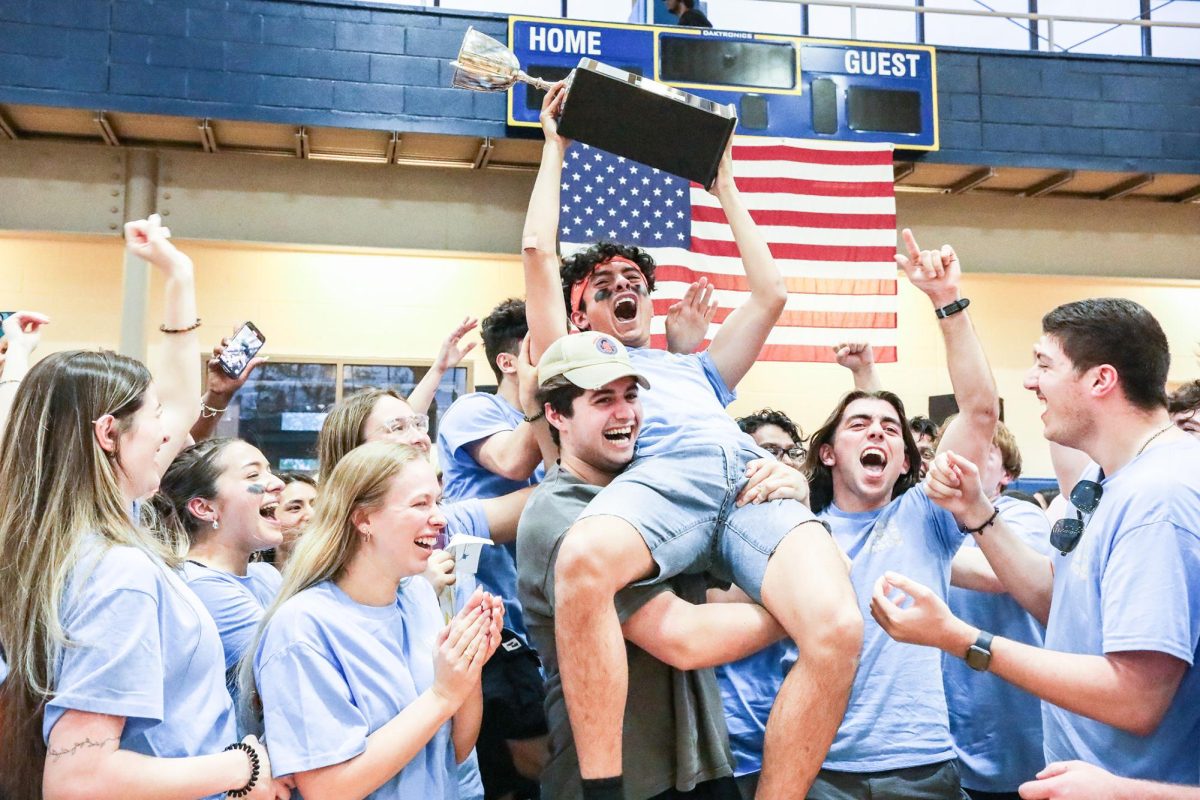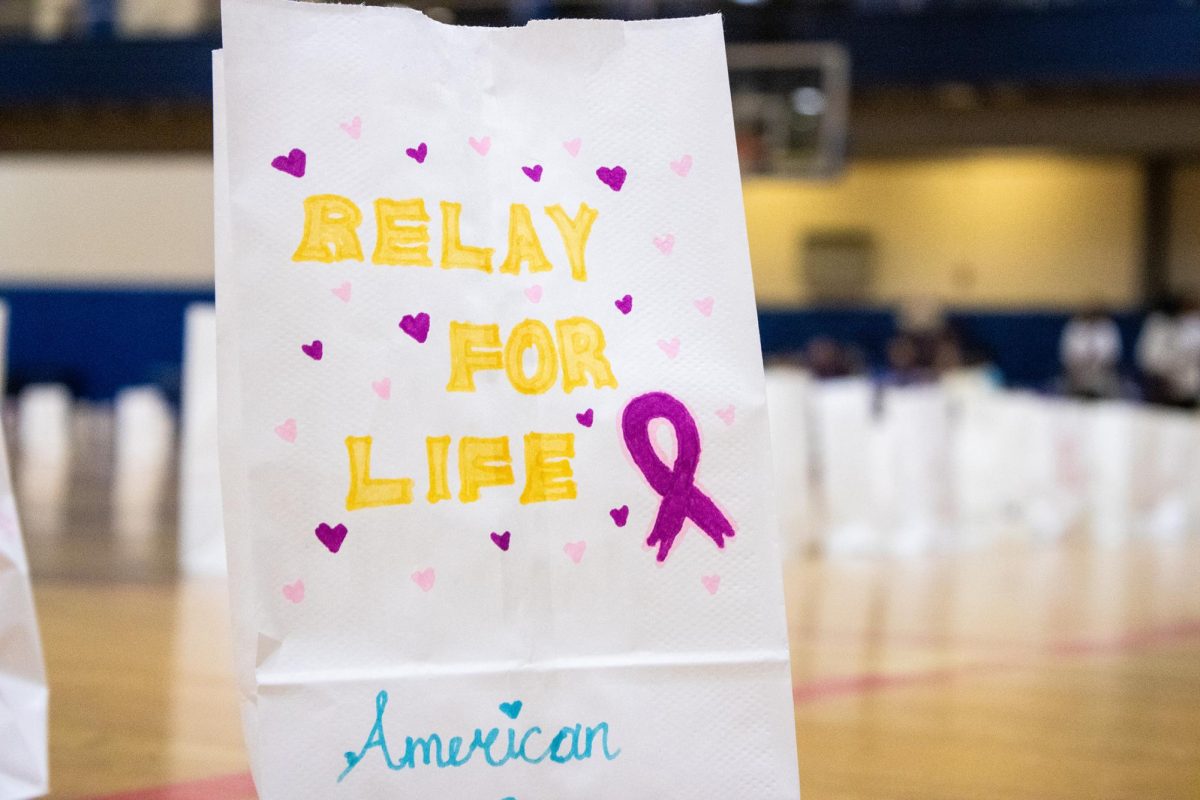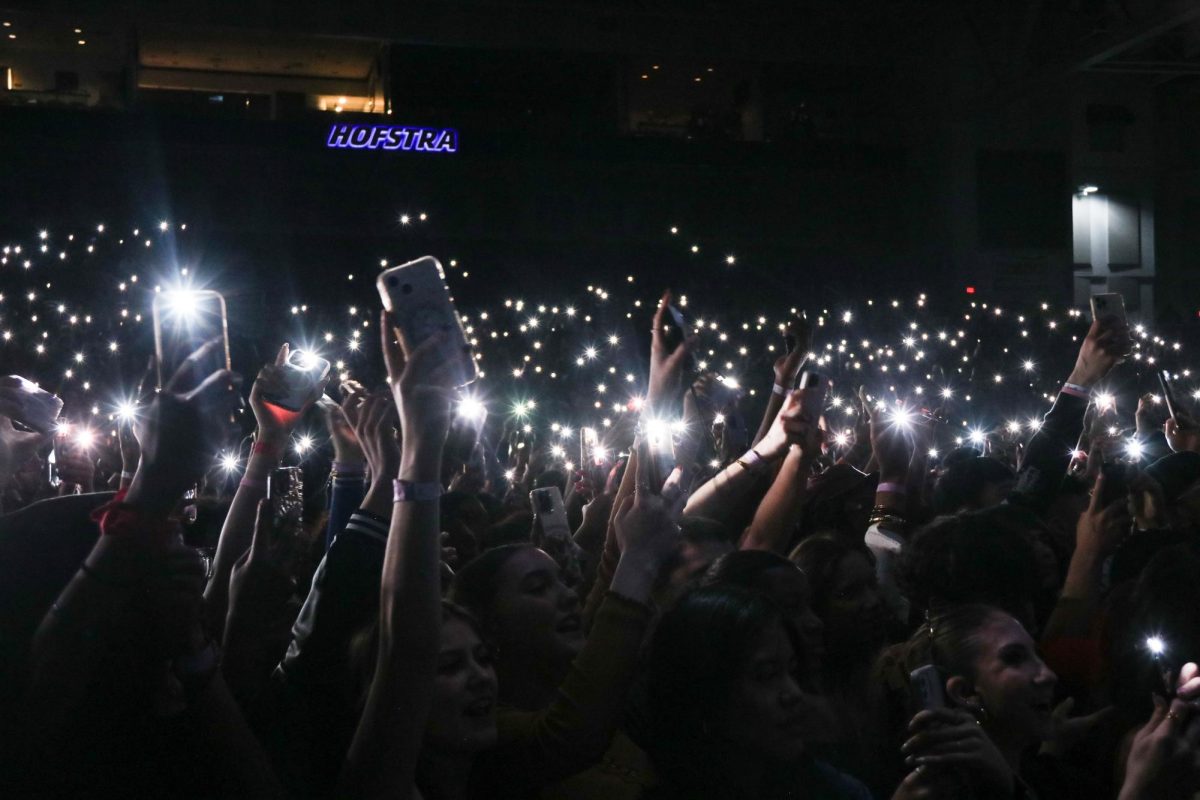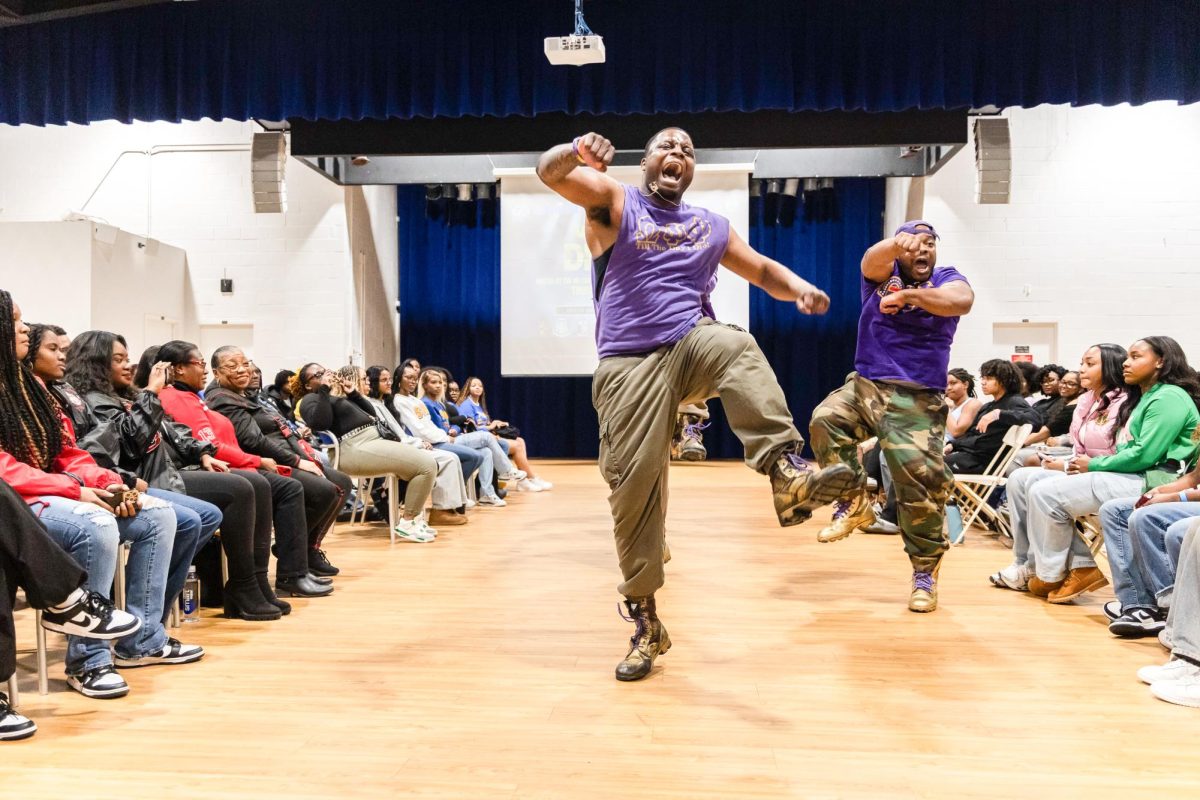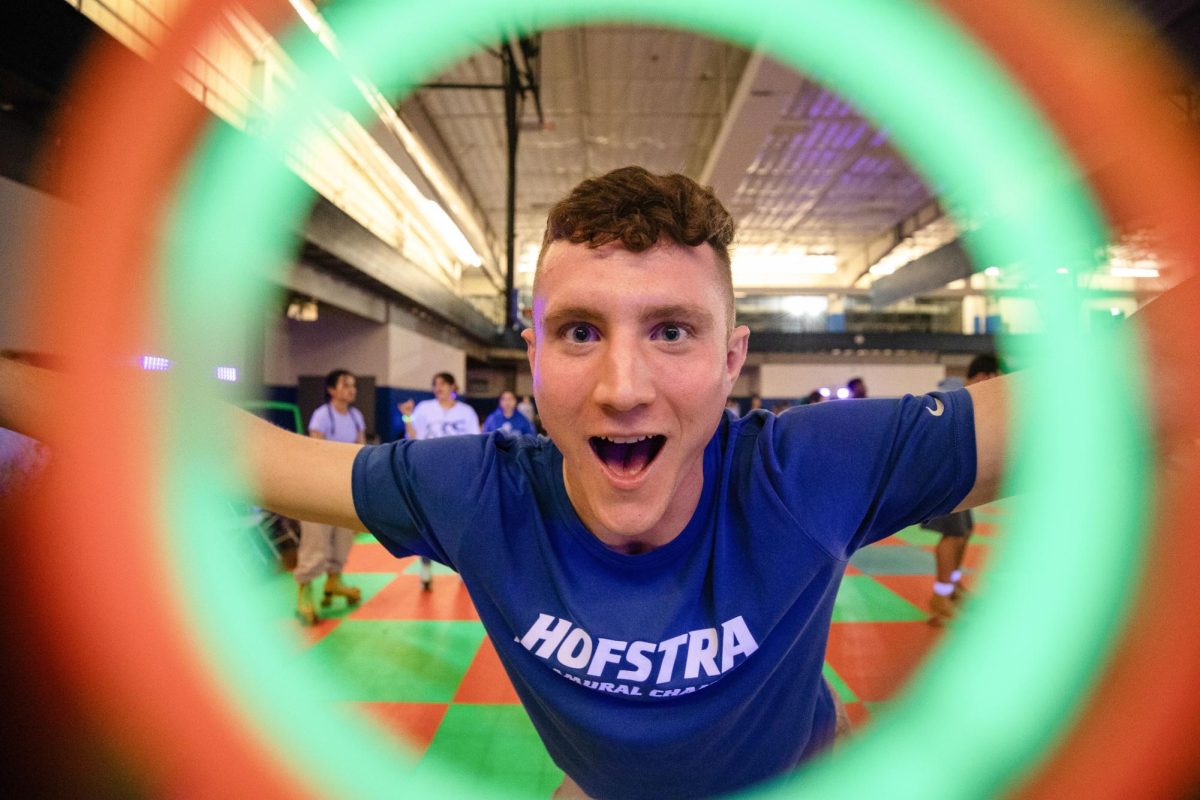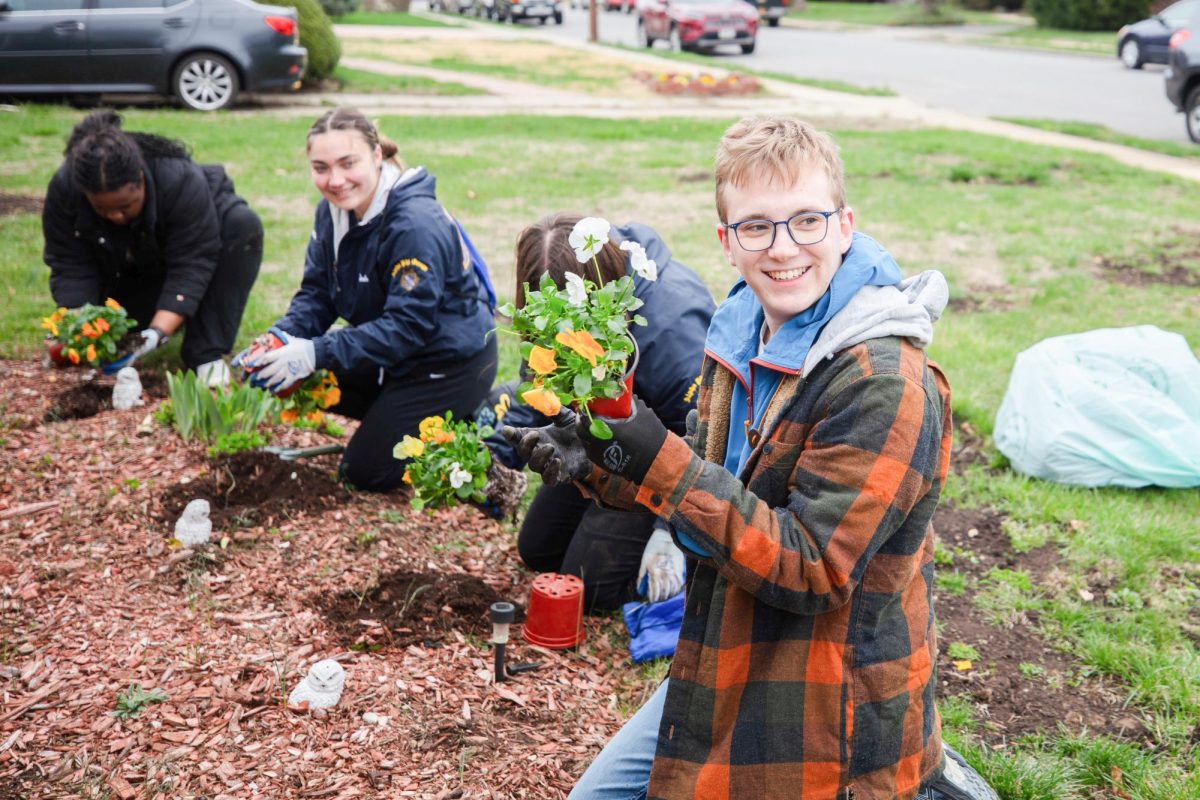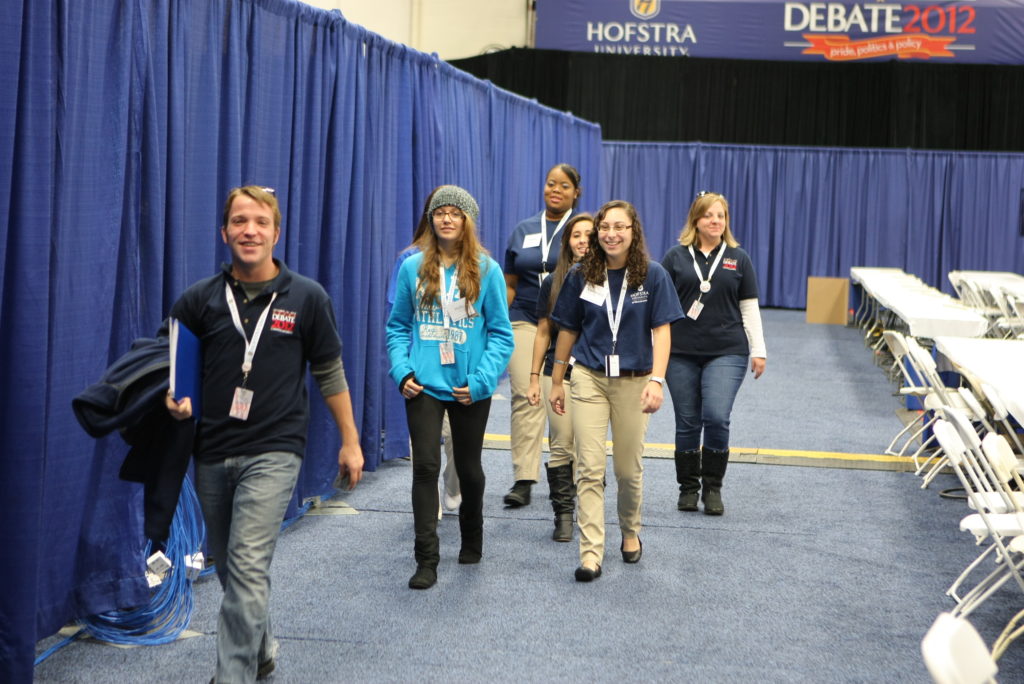
This year Hofstra University made history by becoming the first school to host a presidential debate for three consecutive election cycles. When the preparations came to an end and the stage was set, Hofstra reflected back on the 2008 and 2012 debates.
In November 2007, the Commission on Presidential Debates announced that Hofstra would be the site of the final debate on Oct. 15, 2008. It was the year of Barack Obama versus John McCain, and Colin P. Sullivan – the current director of communications in Student Affairs – was a student here at the time. “There was a real energy of change and electricity all over campus,” Sullivan said.
With almost a year to prepare, the university created the Educate 2008 Initiative; a calendar of learning experiences and events for students. The 2008 calendar of events was compiled based on issues prominent at the time and included guest speakers such as Gloria Steinem on gender and race in politics. It also included events like the “Diversity, Dialogue and Dessert Series: Are You Broke Yet? The Wealth Gap in America.”
A commemorative 50th anniversary coin from the university’s celebrations in 1985 was tossed to determine which candidate would be questioned first.
In October 2011, the CPD announced once again that Hofstra would be the site for a presidential debate on Oct. 16, 2012. Thus began another year-long preparation leading up to the event.
“All of the tour guides and everyone I met at open houses and such were always very pumped, and that was usually the first thing that was mentioned any time I was at Hofstra before starting,” said graduate student Emily Davidson, a freshman at the time of the 2012 debate.
The common reading for the class of 2016 was based on the debate as well. Freshmen read “Tension City: Inside the Presidential Debates, from Kennedy-Nixon to Obama-McCain” by Jim Lehrer. Lehrer has been moderating debates since they were first televised. “It was a really interesting read, especially because of the context in which I read it,” Davidson said.
The 2012 Signature Event Series featuring guest speakers such as Jeb Bush, and hosted events including the Critical Spiritualties Lecture Series. One event in the series was “Mormon Girl Goes to the Elections: a Candid Exploration of Faith in American Politics.”
The debate day events began the night before, when broadcasters took to the student center to begin reporting. “We all put on our Hofstra gear proudly and joined a small group of students outside the student center around 11 p.m. to be a background part of the broadcast,” Davidson said.
The student center then became a hub of events throughout the day. “I remember going to a stage by the student center and watching a newscast and was amazed by how many students were out at 7 a.m. with signs and posters,” said graduate student Beth Backer, who was a freshman at the time.
Both Backer and Davidson attended the viewing party in the Netherlands Core, where they decorated crafts and watched the debate with their peers. “Watching the debate with fellow students was a fun experience – seeing everyone’s reactions to certain answers and hearing people’s opinions on specific questions was as entertaining as the debate itself,” Davidson said.
“Now it’s even crazier to think that I graduated there in May and now the next president will be on the same stage debating. I’m just happy I have the opportunity to experience it all again as a grad student,” Backer said.
Collections on the previous debates can be found on the first floor of the Axinn Library. The university used student surveys and past experiences to recreate similar events to those at the previous debates, and worked to provide even more opportunities for students.
Hofstra had agreed to serve as an alternate debate site for Wright State University in 2016. After WSU withdrew, Hofstra was then left with only three months to prepare for what has been called one of the most controversial presidential debates in history. Sullivan said, “We had to do the same amount of work at the same level in a truncate amount of time.”

